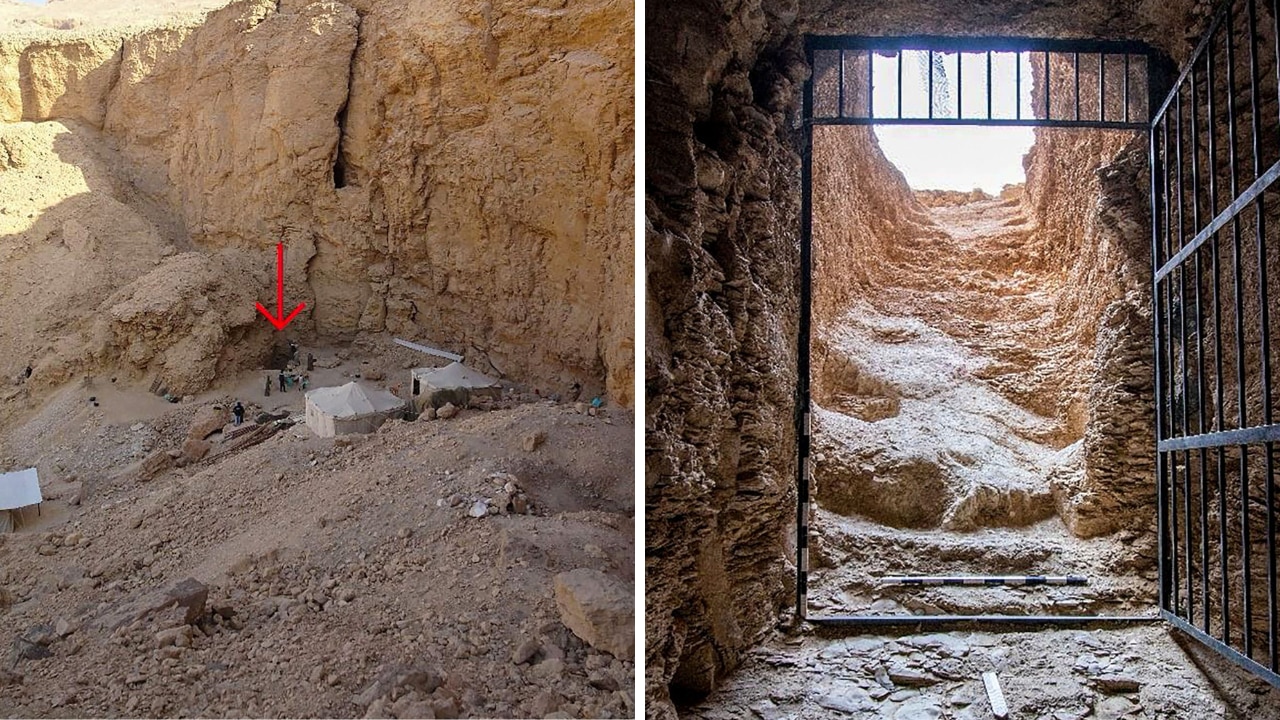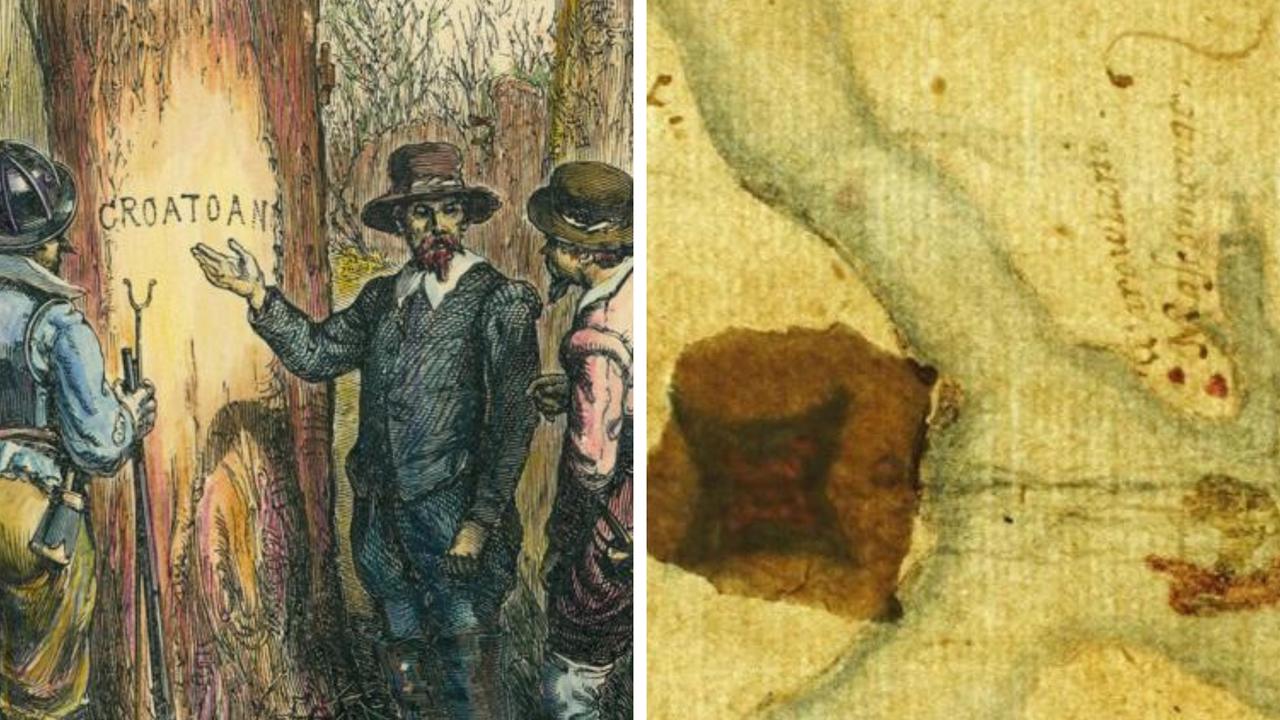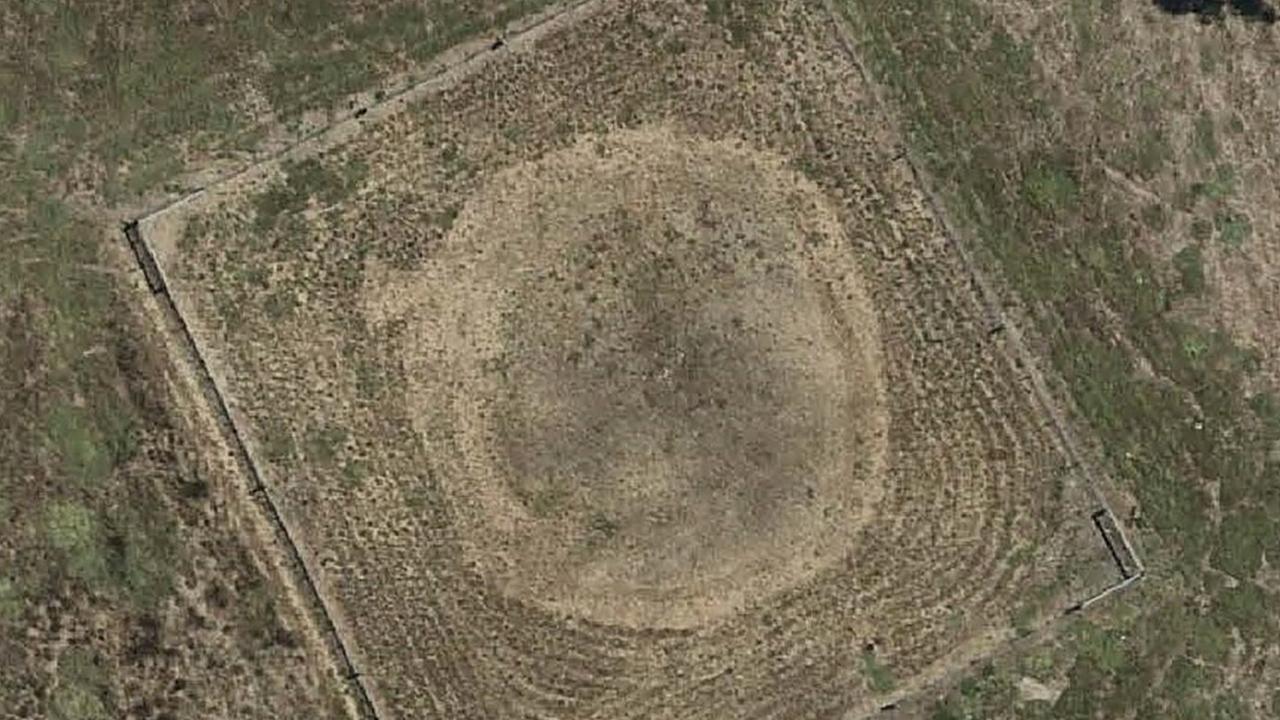New species of human discovered in the Philippines
Fossils reveal a new species of ancient humans that lived in South East Asia around the time our own species was spreading from Africa.
Humans have a new long lost cousin to add to the distant family tree.
A team of international researchers have uncovered the remains of what is believed to be a new species of early human in the Philippines.
Fossil bones and teeth found in the Philippines reveal the ancient human lived around the time our own species was spreading from Africa to occupy the rest of the world.
The species has been named Homo luzonensis, named after Luzon Island, where the more than 50,000-year-old fossils were found during excavations at Callao Cave.
Lead member of the team, Professor Philip Piper from The Australian National University (ANU) says the findings represent a major breakthrough in our understanding of hominin evolutionary history across South East Asia.
“In terms of understanding human evolution, evolutionary processes, it adds to the story that we’ve got from Homo Floresiensis,” he said, referring to the remains of an individual that was discovered in 2004 at Liang Bua on the island of Flores in Indonesia. Nicknamed “Hobbit”, the individual would have stood about 1.1 metre in height.
The latest discovery is “building a picture of hominin evolution on the islands of South East Asia,” Prof Piper said.
Like the 2004 discovery of a distinct species of extinct humans, the Homo luzonensis were also likely to be small in stature.
Researchers uncovered the remains of at least two adults and one juvenile. They found adult finger and toe bones, a child’s femur and teeth belonging to the early human species.
“The size of the teeth generally, though not always, reflect the overall body-size of a mammal, so we think Homo luzonensis was probably relatively small,” he said.
“Exactly how small we don’t know yet. We would need to find some skeletal elements from which we could measure body-size more precisely.”
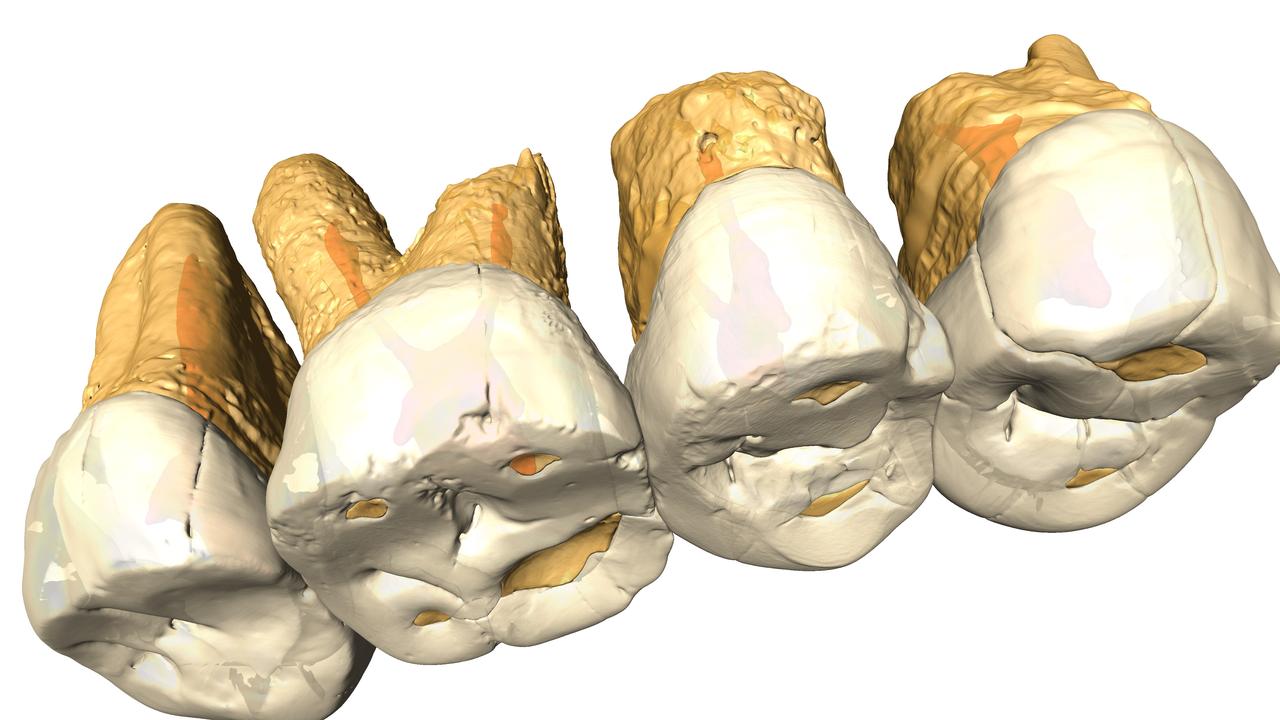
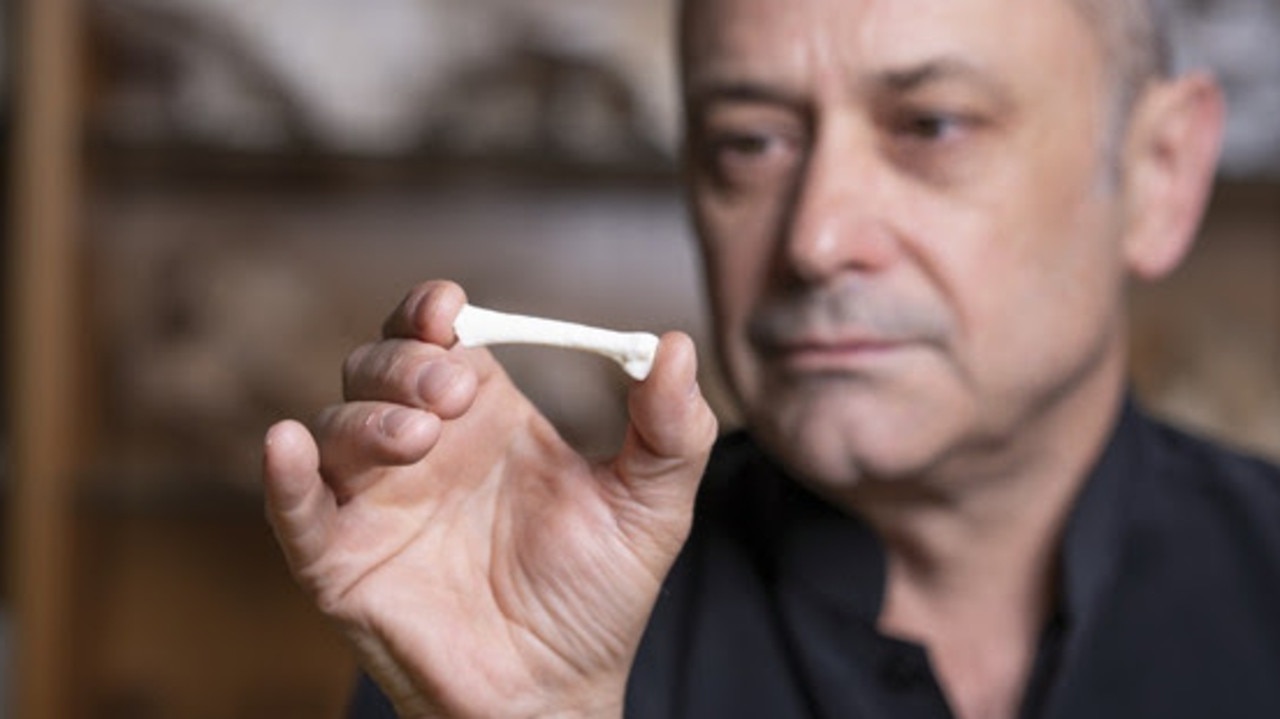
The bones were recovered from Callao Cave in 2007, 2011 and 2015. Tests on two samples show minimum ages of 50,000 years and 67,000 years.
It’s yet another reminder that, although Homo sapiens is now the only surviving member of our branch of the evolutionary tree, we’ve had company for most of our existence.
The main exodus of our own species from Africa that all of today’s non-African people are descended from took place around 60,000 years ago.
Analysis of the bones from Luzon led the study authors to conclude they belonged to a previously unknown member of our Homo branch of the family tree.
“These specimens display a combination of primitive and derived morphological features that is different from the combination of features found in other species in the genus Homo,” researchers wrote in a paper published in the journal Nature.
“The presence of another and previously unknown hominin species east of the Wallace Line during the Late Pleistocene epoch underscores the importance of island South East Asia in the evolution of the genus Homo.”
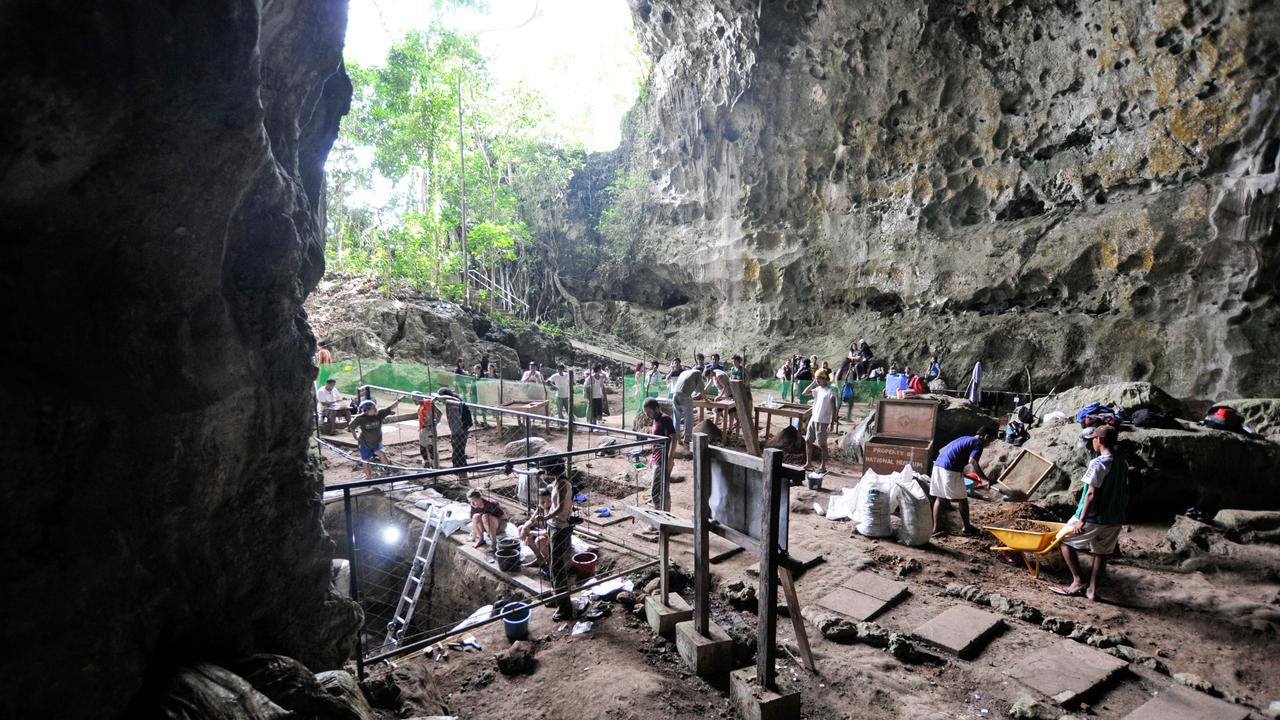
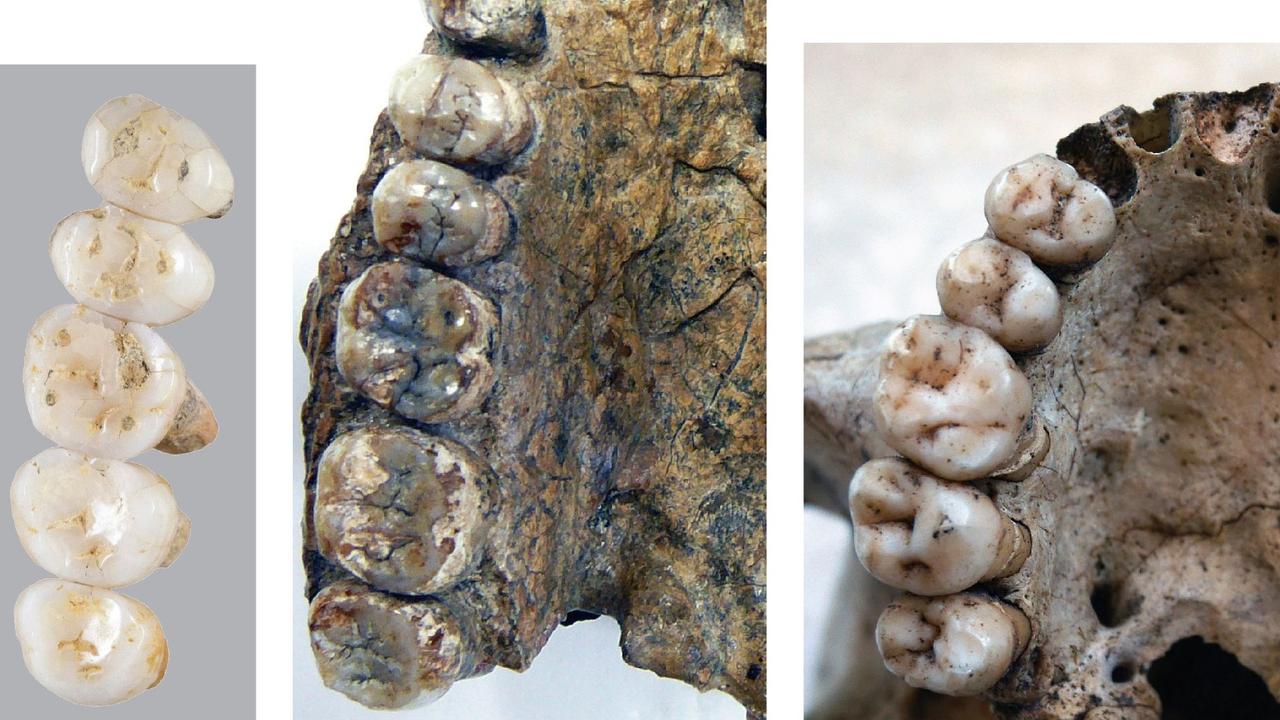
The researchers described the hand and feet bones as remarkably Australopithecine-like. The Australopithecines last walked the earth in Africa about two million years ago and are considered to be the ancestors of the Homo group, which includes modern humans.
“So, the question is whether some of these features evolved as adaptations to island life, or whether they are anatomical traits passed down to Homo luzonensis from their ancestors over the preceding two million years,” Prof Piper said.
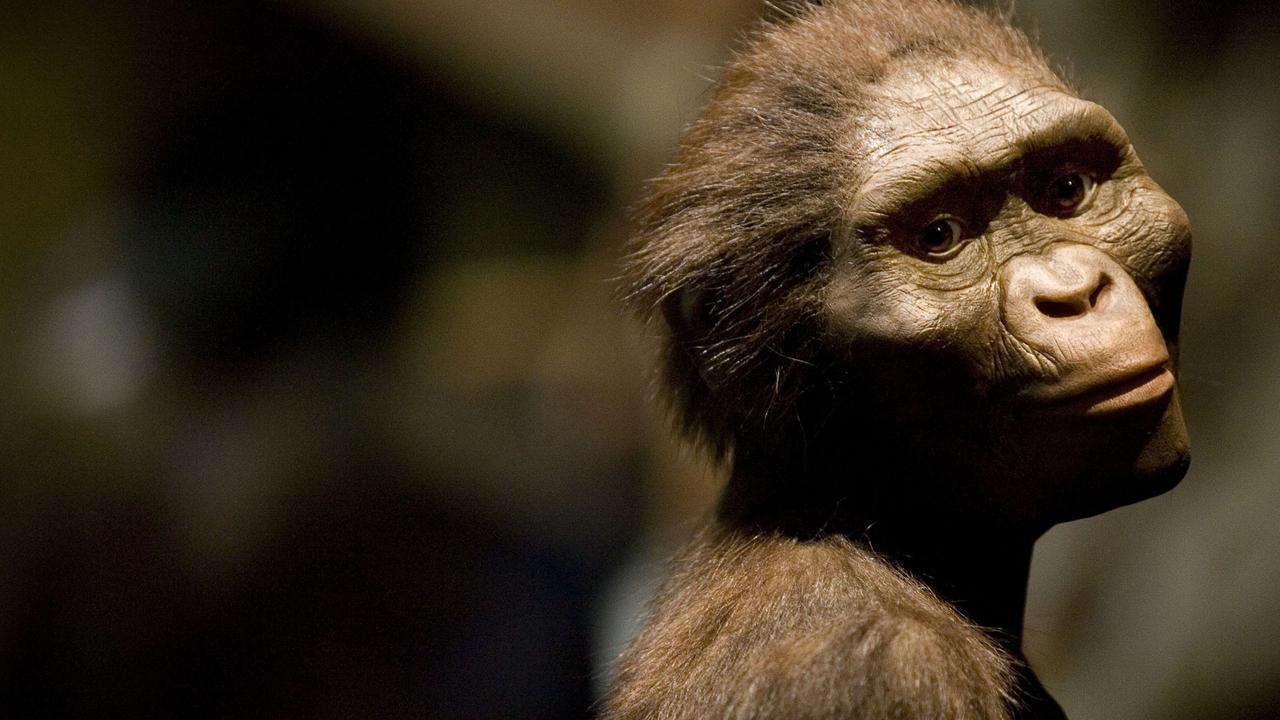
Dr Florent Détroit of the National Museum of Natural History in Paris, who was also involved in the research, said there was no sign that H. luzonensis encountered any other member of the Homo group.
In an e-mail to the Associated Press, he explained that our species isn’t known to have reached the Philippines until thousands of years after the age of the bones.
However, some human relative was on Luzon more than 700,000 years ago, as indicated by the presence of stone tools and a butchered rhino dating to that time, he added.
Stone tools dating to around 200,000 years ago have been found on the Indonesian island of Sulawesi, meaning that ancient hominins potentially inhabited many of the large islands of South East Asia.
- With AP


